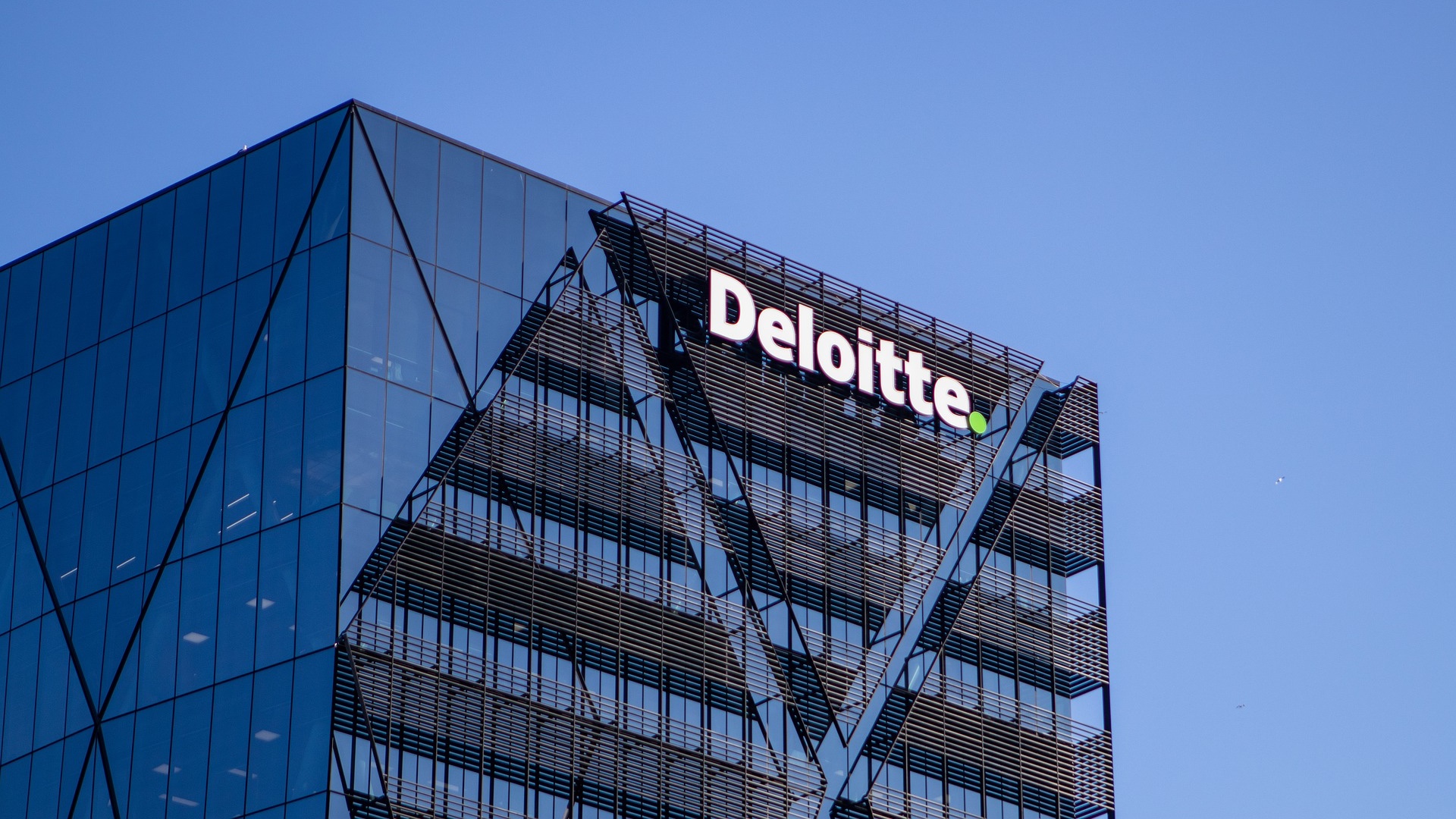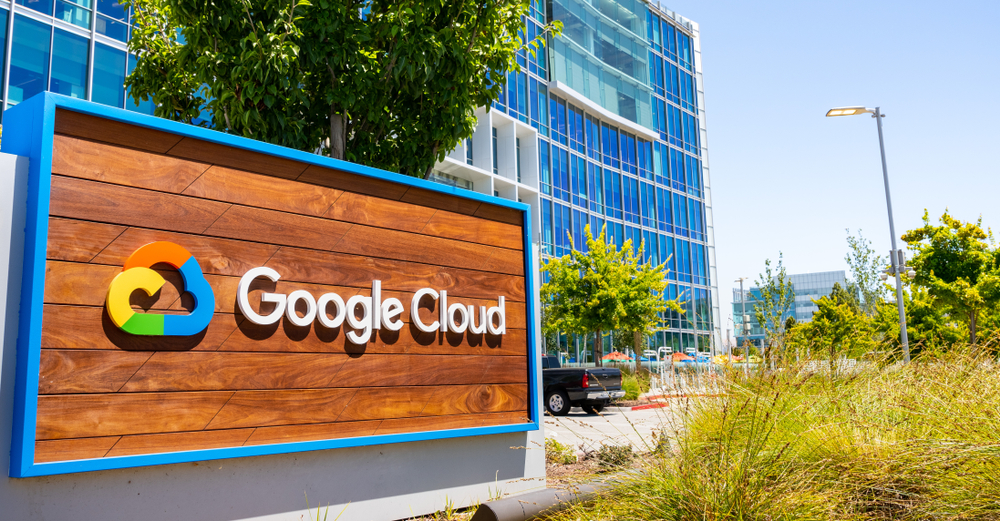For years, IT security has been designed around one principle: strengthen the perimeter – the boundaries of the network – and defend against threats from the outside. Companies built digital fortresses – firewalls, intrusion detection systems, network segmentation – believing that if they secured the ‘entrance’ well, the data inside would remain safe. This model made sense when the majority of IT resources were in the local data centre and employees used company computers in the office.
But that world no longer exists.
Today, data is everywhere – in the public, private and hybrid cloud. Employees work remotely, use private devices, use SaaS applications, send data via APIs to partners and customers. The boundaries that were supposed to protect have disappeared. Perimeter security is losing its meaning in an environment that is by definition open, distributed and dynamic. More and more organisations are beginning to understand that protecting the infrastructure is not enough. A new approach is needed – one that focuses not on where data is stored, but how it is protected. This is how Data Centric Security is born.
Data Centric Security (DCS) is based on a simple, yet revolutionary idea: since the environment in which data resides can no longer be effectively controlled, the data itself must be secured – regardless of where it is stored, transmitted or processed. This is a fundamental paradigm shift. In DCS, the starting point is the assumption that data will sooner or later leave the controlled environment, so it must remain protected under all conditions. Protection follows the data, not the other way around.
This change is not only a response to the evolution of IT architecture. It is also being forced by the increasing value of data. Customer information, medical records, R&D projects, intellectual property – these have all become not just a resource, but a commodity traded on the black market. Ransomware attacks, data theft and targeted cybercrime are no longer incidents – they are a daily occurrence. Organisations need to understand that the real target of attacks is data, not infrastructure. Therefore, it is the data that needs priority protection.
Another reason for the move away from the traditional security model is the growing internal risk. Statistics show that a significant proportion of data leaks result not from external intrusions, but from the actions of employees, business partners, service providers. These are not always malicious – they are often the result of mistakes, ignorance, misconfigured permissions. However, classic security systems are not able to prevent a person with access to the infrastructure from taking data to an external drive or emailing it outside the organisation.
DCS changes the way access to data is controlled. Instead of relying solely on the user’s assigned role, the model takes into account context – location, device, time of day and even how the user normally uses the resource. If an HR employee connects to the HR system from an unauthorised device outside of working hours, access can be automatically blocked. If a consultant tries to download an unusually large number of documents from the CRM system, the system can pause the operation and run an incident analysis. This dynamic approach is much more effective in identifying abuse than static rules based solely on permissions.
In practice, Data Centric Security requires data to be protected throughout its lifecycle – from creation to transmission to processing and archiving. Encryption is the foundation of this model, but it is only the beginning. Automatic data classification is also needed to determine which information is particularly sensitive and what level of protection it requires. Continuous monitoring of user access and behaviour and central enforcement of security policies is also becoming essential – regardless of whether the data is processed on the company’s system, in the cloud or on the provider’s laptop.
Implementing such an approach is not straightforward. It requires the integration of different technologies: from Data Loss Prevention (DLP) systems, to identity and access management (IAM), to user behaviour analysis tools (UEBA). But even more challenging is the change in mindset – shifting from thinking about protecting ‘systems’ to protecting ‘information’. This means involving not only IT departments, but also compliance, management and often operational teams.
However, the benefits of implementing a DCS cannot be overstated. Firstly, it minimises the impact of potential breaches – if data is properly encrypted and controlled, a data leak does not have to spell disaster. Secondly, the approach makes it much easier to meet regulatory requirements – both general ones such as RODO and industry-specific ones (e.g. DORA, HIPAA, ISO 27001). Thirdly, in times of increasing incidents, DCS gives organisations greater resilience – and therefore a competitive advantage.












